
AeroGenie — ваш интеллектуальный второй пилот.
В тренде
Categories
Etihad Airways Receives First Airbus A321LR
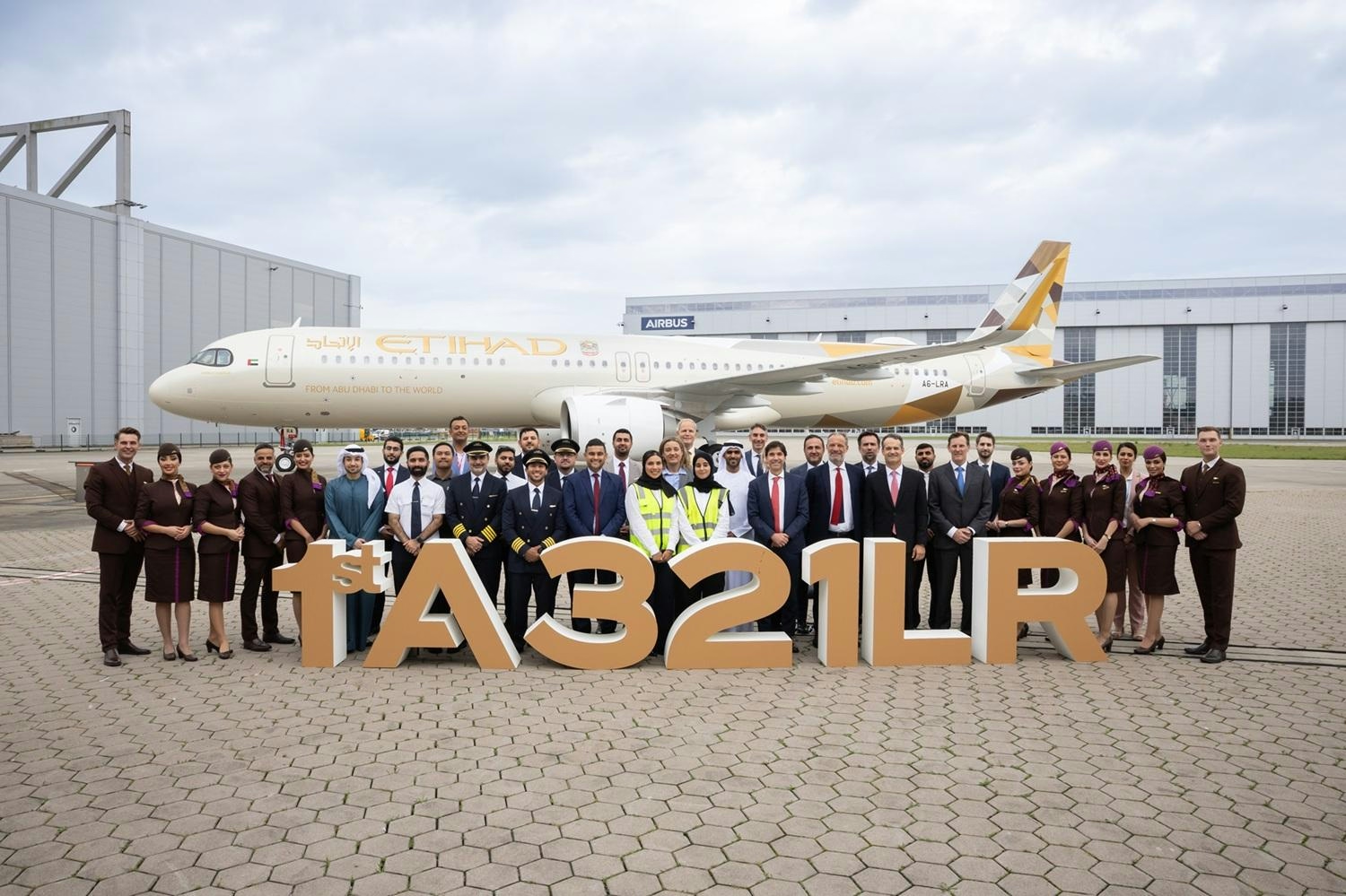
Etihad Airways Receives First Airbus A321LR, Signaling Fleet Expansion and Enhanced Passenger Experience
Etihad Airways has taken delivery of its first Airbus A321LR at the Airbus facility in Finkenwerder, marking a pivotal moment in the airline’s ongoing fleet expansion. This aircraft is the initial unit of a 30-strong A321LR order, designed to extend Etihad’s renowned widebody service standards to short and medium-haul routes. The introduction of the A321LR reflects the carrier’s strategic intent to diversify its fleet while maintaining a premium passenger experience across all cabin classes.
Innovative Cabin Design and Passenger Comfort
The new A321LR features a distinctive three-cabin layout, including Etihad’s inaugural narrowbody First Suites. These private, enclosed spaces are equipped with sliding doors, fully flat beds, and bespoke design elements typically reserved for long-haul widebody aircraft. Each First Suite, positioned by the window, offers a 20-inch 4K screen, Bluetooth connectivity, wireless charging, and companion seating. The 14-seat Business cabin adopts a 1-1 herringbone configuration, providing direct aisle access and window views, complemented by 17.3-inch 4K screens and wireless charging capabilities. Economy class passengers will find 144 ergonomically designed seats, each fitted with 13.3-inch 4K touchscreens, USB charging ports, and Bluetooth connectivity. Additionally, the aircraft boasts enlarged overhead bins, offering more luggage space than conventional narrowbody models.
Etihad Airways CEO Antonoaldo Neves emphasized the significance of this delivery, stating, “Today marks an extraordinary moment for Etihad as we welcome an aircraft that changes everything we thought possible on a single-aisle plane. The A321LR enables us to serve more destinations with the same premium experience our guests expect across all cabins, perfectly embodying our commitment to delivering luxury at every altitude.”
Advanced Connectivity and Strategic Implications
A notable feature of the A321LR is its high-speed Wi-Fi system, powered by Viasat, which delivers speeds of up to several hundred megabits per second. This gate-to-gate connectivity, where regulatory conditions permit, allows passengers to stream, game, and browse seamlessly throughout their journey. The rollout of Wi-Fi service on Asian routes will be gradual, with full availability anticipated by September 2025.
Benoît de Saint-Exupéry, Airbus Executive Vice President Sales, highlighted the delivery as a testament to innovation and collaboration, stating, “The delivery of Etihad’s first Airbus A321LR is a powerful symbol of innovation and partnership, strengthening the long-standing relationship between Airbus and the UAE. This aircraft sets a new standard for comfort in the single-aisle category and paves the way for increased connectivity as Etihad expands its operations from its Abu Dhabi hub.”
Despite these advancements, Etihad’s fleet expansion faces potential headwinds. The prospect of U.S. tariffs on European imports threatens to disrupt future aircraft deliveries and elevate costs, potentially impacting the airline’s financial and operational planning. Concurrently, competitors such as Air France-KLM are reaffirming their commitment to Boeing, indicating possible shifts in fleet strategies within the industry.
The A321LR will support Etihad’s ambitious growth trajectory, complementing the 27 new routes launched or announced over the past year. Scheduled to enter commercial service on August 1, 2025, the aircraft will initially operate between Abu Dhabi and Phuket before expanding to destinations including Algiers, Bangkok, Copenhagen, Milan, Paris, and Zurich. This delivery reinforces Etihad’s Journey 2030 vision and bolsters Abu Dhabi’s status as a leading global aviation hub.

Europe Advances Aviation Sustainability Through SAF Mandates and Innovation

Lufthansa's Fleet Plans for 2025

Fifteenth National Games Model Aviation Finals in Longhua Showcase Drone Sports and Innovation
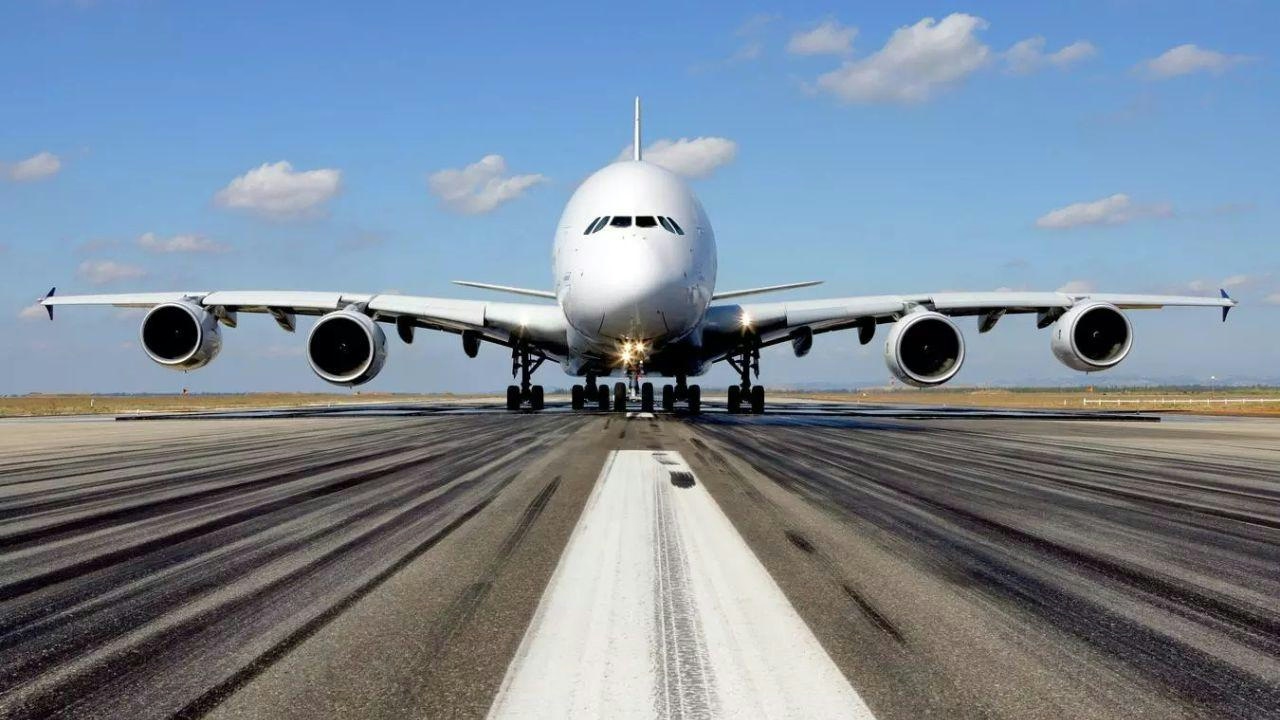
Brazilian Woman Becomes First Female Captain of Airbus A380
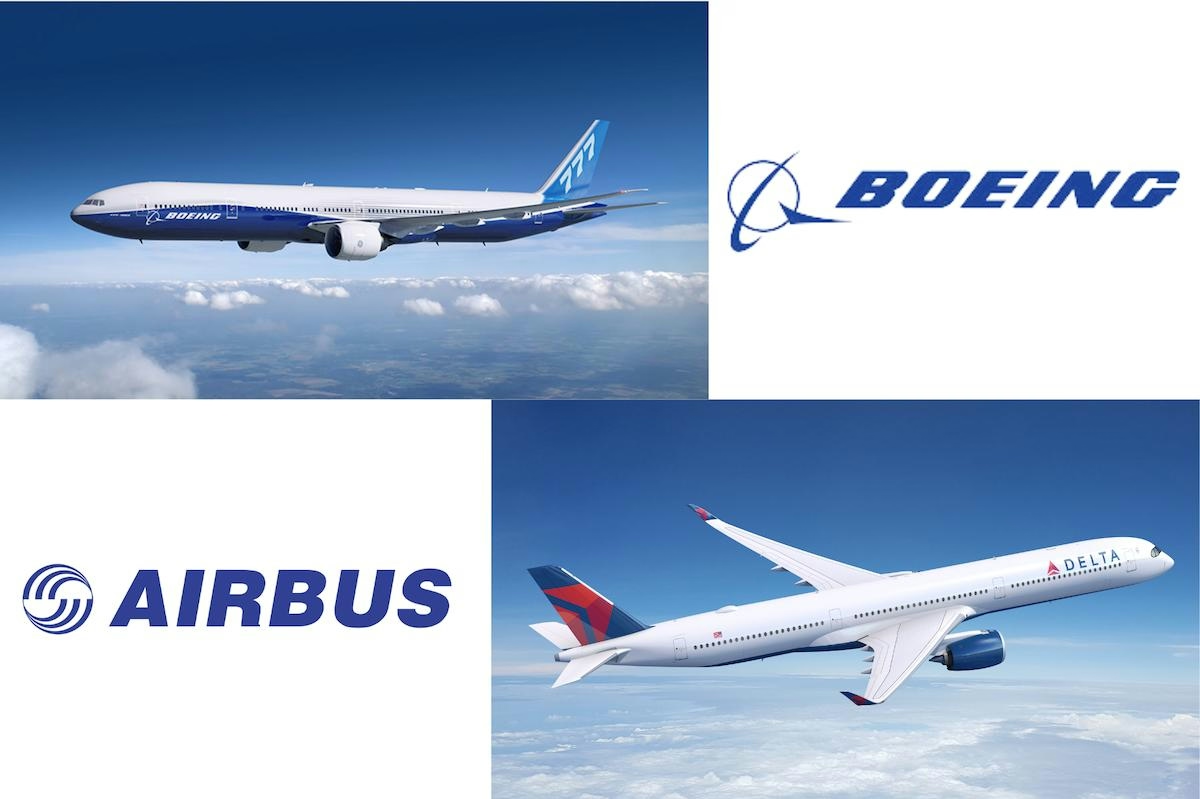
Airbus and Boeing: Comparing Their Global Reach
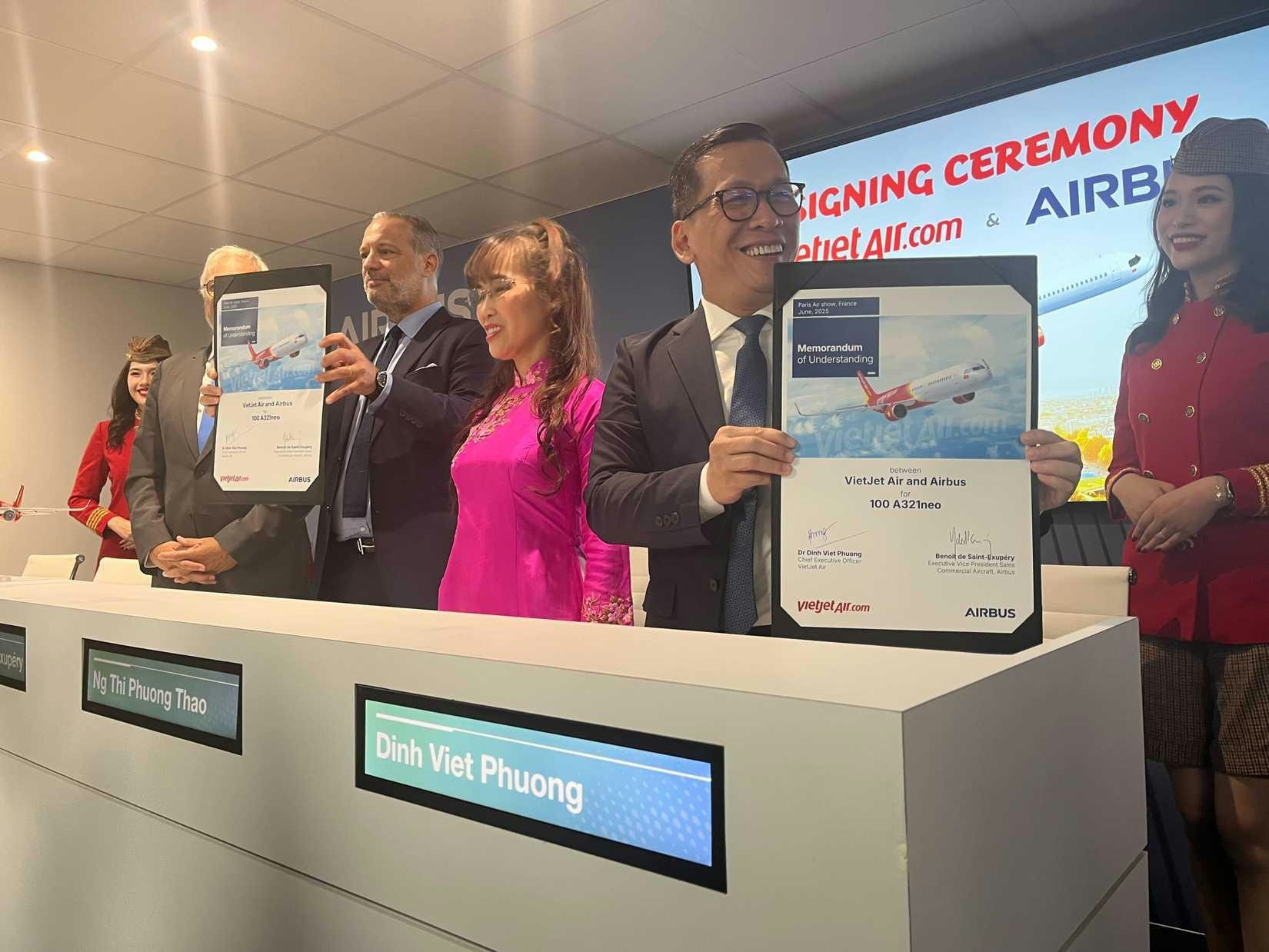
Vietjet Orders 100 Airbus A321neo Jets, Strengthening UK-Vietnam Strategic Partnership
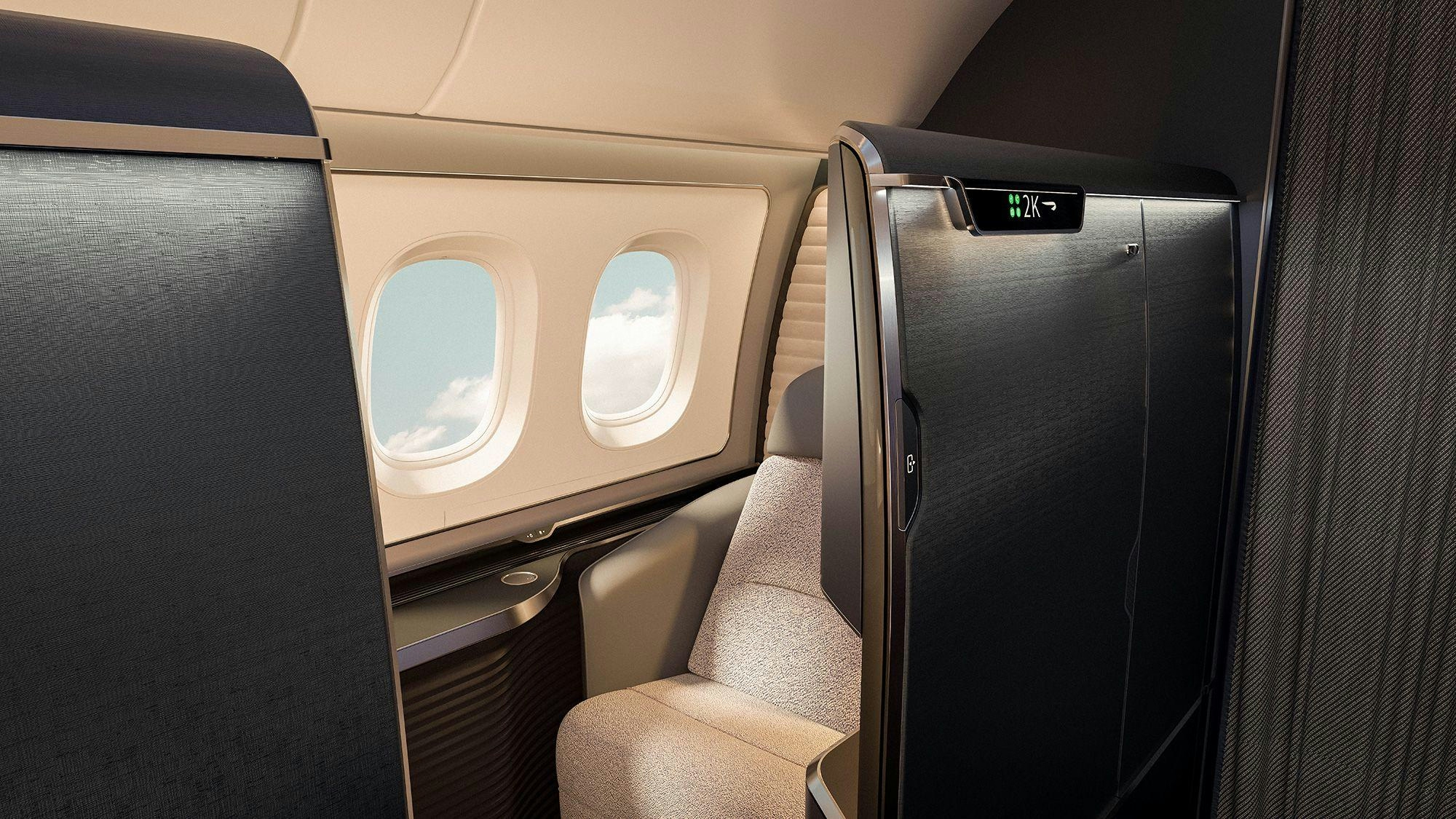
The Aircraft Set to Replace the Iconic Superjumbo

Delta Air Lines Introduces AI-Powered Concierge Service

Shanghai to Host 2025 North Bund International Aviation Forum
